Soil Biodiversity: Inventory Functions and Management
Soil biodiversity emerged as a global agenda of research and management only since last decade when the United Nations Convention on Biological Diversity (UN-CBD) set out a programme of work on agricultural biodiversity. Agricultural development approaches targeting high levels of biodiversity, efficient of use of local resources and optimization of multiple service/functions (e.g. food/feed production, climate regulation, resilience and clean water supply) of agro-ecosystems started drawing more public support with realization of several elements of unsustainability associated with conventional high input agricultural systems. Development of soil food web mediated management of soil fertility, pathogens and pests assumes a priority task in view of increasing preference to organic food with willingness to pay higher price for it and emerging opportunities of payments for ecosystem services and climate change mitigation provided in programmes such as Reducing Deforestation and Forest Degradation in Developing Countries launched by the United Nations (UN-REDD). Loss of soil biodiversity is causally linked to un-sustainability and, conversely, its enhancement to sustainability of, agriculture and forestry. This proposition pursued by the tropical soil biology and fertility programme (now tropical soil biology and fertility institute of international centre of tropical agriculture: TSBF-CIAT on a smaller scale since 1980s expanded as an International collaborative programme of seven countries viz., Brazil, Cote d’Ivoire, Indonesia, India, Kenya, Mexico and Uganda, with support from the United Nations Environment Programme (UNEP) and the global environment facility (GEF). The wider objective of the programme was to enhance awareness, knowledge and understanding of belowground diversity important to sustainable agriculture production in tropical landscapes by demonstration of methods for conservation and management. The Programme was structured around the hypothesis that by appropriate management of above and below ground biota, optimal conservation of biodiversity for national and global benefits can be achieved in mosaics of land uses at differing of intensities of management and furthermore result in simultaneous gains in sustainable agricultural production. This volume an outcome of the UNEP GEF-TSBF programme, is an attempt to address some research, education and management needs, so as to capitalize on the untapped potential of soil biodiversity in sustainable landscape management with particular reference to the Himalaya and the Western Ghats, the two global hotspots of the aboveground biodiversity.
Get it now and save 10%
BECOME A MEMBER
-

Ecology Today: An Anthology of Contemporary Ecological Research
-
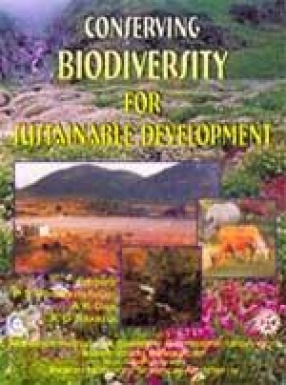
Conserving Biodiversity for Sustainable Development
-
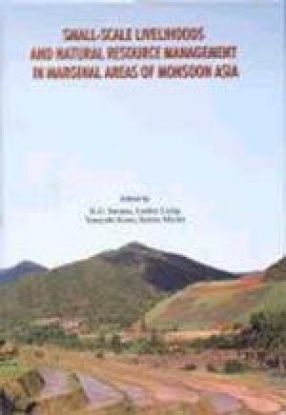
Small-Scale Livelihoods and Natural Resource Management in Marginal Areas of Monsoon Asia
-
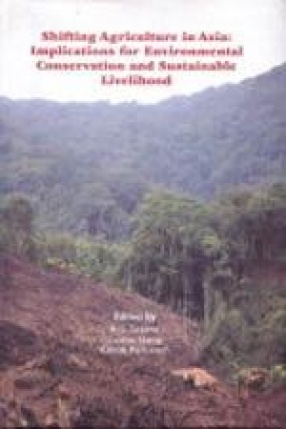
Shifting Agriculture in Asia: Implications for Environmental Conservation and Sustainable Livelihood
-
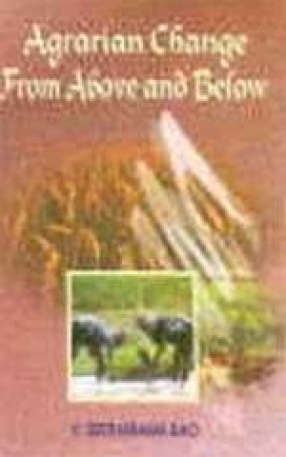
Agrarian Change From Above and Below
-
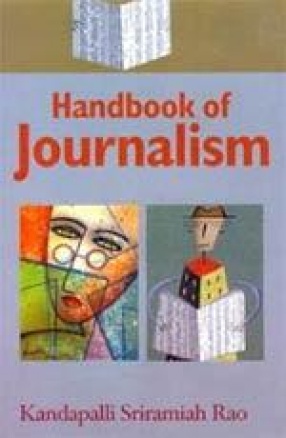
Handbook of Journalism
-
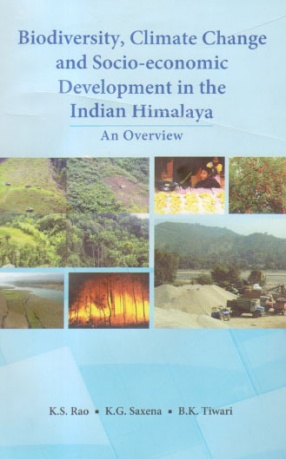
Biodiversity, Climate Change and Socio-Economic Development in the Indian Himalaya: An Overview

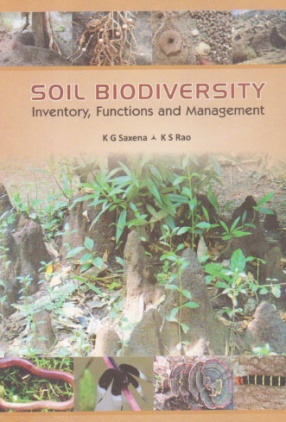
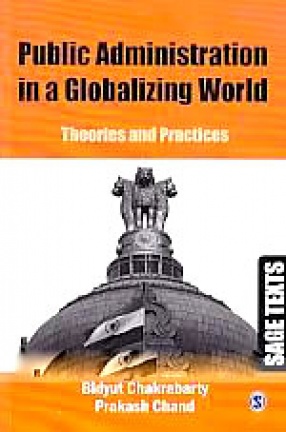
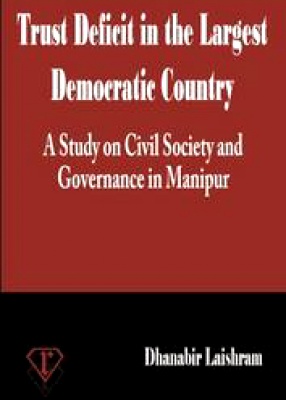



Bibliographic information
K.S. Rao